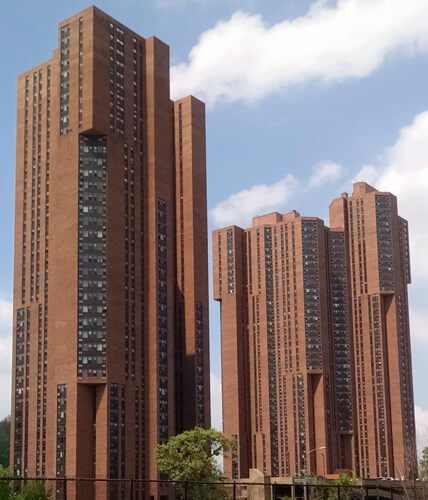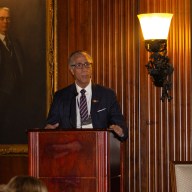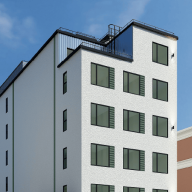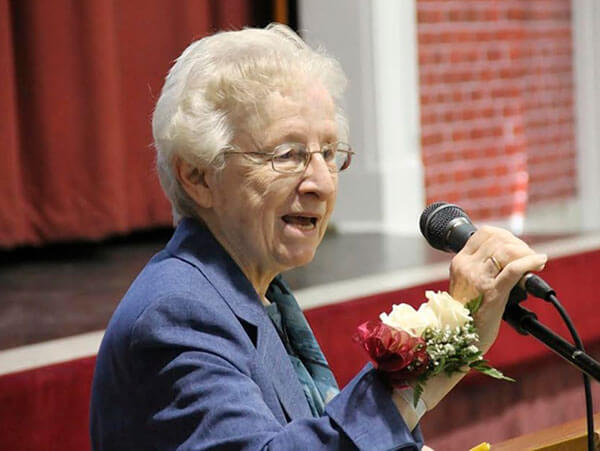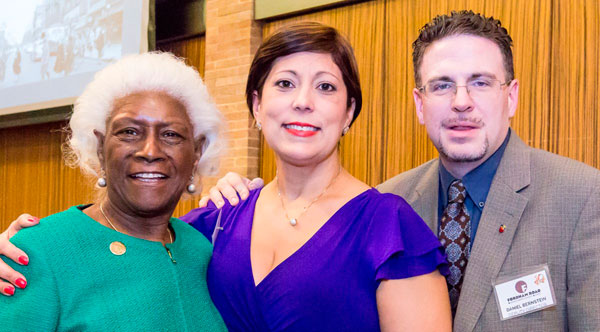It is a milestone year for the tallest buildings in the Bronx.
It was 40 years ago this year that construction on the River Park Towers, located at 10, 20, 30 and 40 Richman Plaza, was completed.
Four decades later, the two Bronx skyscrapers are still standing tall.
The River Park Towers complex, which consists of two 44-story buildings, was completed in 1975.
They were designed by architectural firm Davis, Brody & Associates in an effort to provide afffordable housing for lower income working families near public transportation.
The towers were built in conjunction with Roberto Clemente State Park, known then as Harlem River Bronx State Park. The park, located just north of the towers, is the first New York City state park.
The residential hi-risers, which contain 1654 units, including 464 Section 8 assisted living units, is 404 feet high, making them the tallest buildings in the Bronx.
The towers’ completion topped the Tracey Towers, two 41-story subsidized apartment buildings located at 20 and 40 West Mosholu Parkway which were completed in 1972 as well as Co-op City, which consists of 35 high-rise apartment buildings that range from 24 to 33 floors.
When the towers’ doors opened in 1975, city officials and planners saw the development as a great opportunity for working families
However, when the building management company changed in the early to mid 1980s, the towers began to experience deficiencies, including broken elevators and request for repairs were not responded to. It is reported that one elevator in the complex did not work for over five years.
Around the same time period, Morris Heights was experiencing high levels of crime, similar to other neighborhoods in the south and west Bronx.
When the trend continued into the early 2000s, the NYPD adopted the Clean Halls Program – a stop and frisk initiative – to keep the towers clean and safe.
The program backfired, however, as the towers’ residents and even maintenance staff claimed that their rights were being violated by the NYPD. Lately, the nature of the stop and frisk program has been less severe after it was fought by lawyers and elected officials.
Despite somewhat of a checkered history, these buildings still serve their intended purpose – providing homes for the lower income families in a vibrant, active setting.
“The River Park Towers, along with the creation of Roberto Clemente State Park, were intended to provide decent modern housing and recreation to its residents,” said Lloyd Ultan, Bronx borough historian who recalled being present at the towers’ groundbreaking.
“Certainly, these towers provided a distinct form of architecture with a beautiful view of the Harlem River – giving residents almost all of the benefits of living in a high priced building in Manhattan”
Four decades later, the towers’ architectural firm, now known as Davis Brody Bond, are still very proud of the project and the vision that came along with it.
“Lew Davis and Sam Brody believed that the design of large residential buildings was an important typology and deserved to be elevated above the commodity approach that was typical of publicly-financed housing of the 1960s and 70s,” said Steven M. Davis, FAIA Partner, Davis Brody Bond.
“Davis, Brody & Associates’ work in moderate and low-income housing projects, which included the River Park Towers’ completion 40 years ago, set a standard of excellence, as it overcame economic, social and political constraints.”

